Indian food like its culture is varied and is quite popular across the world. Indian food is the blend of varied herbs and spices which make every dish quite unique and special. Though most of the countries love Indian food, it is considered to be quite spicy when compared to the other cuisines.
Most of them when they think of Indian food, all they can think of is the wide variety available. Be it the sweets or the rice dishes or the curries or the snacks, Indian cuisine has it all. Indian food is delicious and quite exciting and includes the use of various exotic flavors. Also, another thing that pops up in our mind when we think of Indian cuisine is the wonderful spices that are used in cooking.
Indian food is wide and includes a lot of variety. Each state of India has its own unique cuisine that reflects the culture and their tradition. Indian food is cooking using various methods, most of which preserve the nutrients contained in the fresh vegetables used. Traditional way of cooking Indian food includes making everything from the scratch. Indian food is mostly free from preservatives. This way you get all the nutrients you need. Indian cooking also makes use of a number of herbs that are very good for human health. Some of the herbs include turmeric, ginger, and garlic and so on. Indian food also makes use of yogurt, which is fermented milk, which is again helpful in preserving healthy bacteria. Indian food not only tastes good, but is also quite healthy.
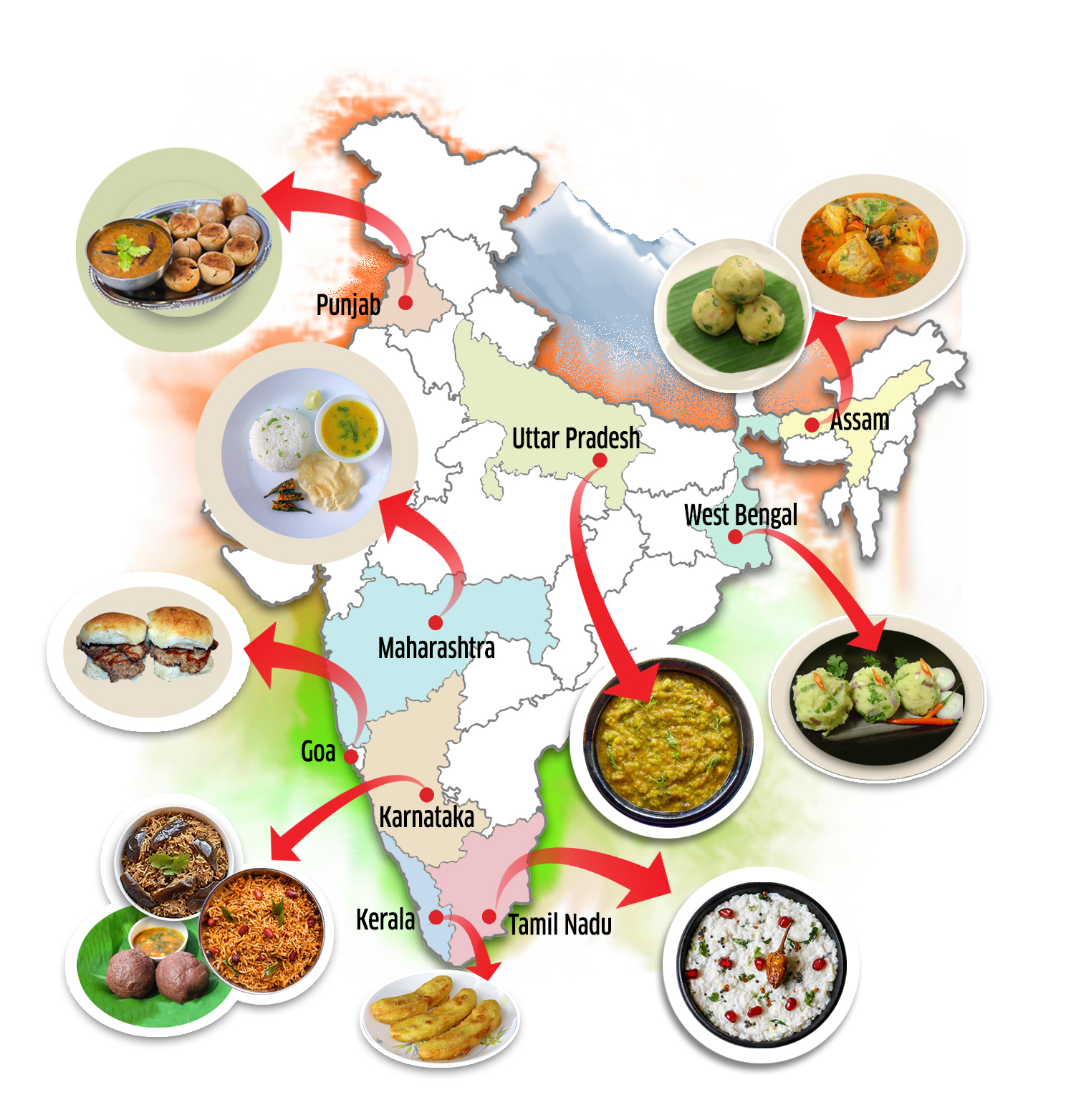
Furthermore, the specialty of Indian dishes is, it is always filled with curries. Whether veg or non-veg the dishes are in curry form. Moreover, Indian cuisine has so many varieties of food that has further branches. The Branch consists of Mughal cuisine which is mostly of non-vegetarian dishes. Also, almost every Indian love Muglia dishes.
India is a big country with many states and regions. Each region offers a unique assortment of dishes and cooking techniques. Each regional cuisine uses its own locally grown herbs, spices, fruits and vegetables. These regional cuisines collectively combined together form the very delightful Indian Cuisine.
The staple Indian foods are Rice, Wheat and Lentils. And no Indian dish is complete without spices. Indian food is a combination of all six tastes like sweet, sour, salty, bitter, spicy and astringent. In India different dishes are prepared for different festivals. Every festival tends to be complete only when special food associated with that festival is cooked on that day. Like Holi can not be complete without Gujhiya and Eid without Sewai. India is the only country in the world where there is Unity in Diversity not only its culture & religion but also its cuisine.

|
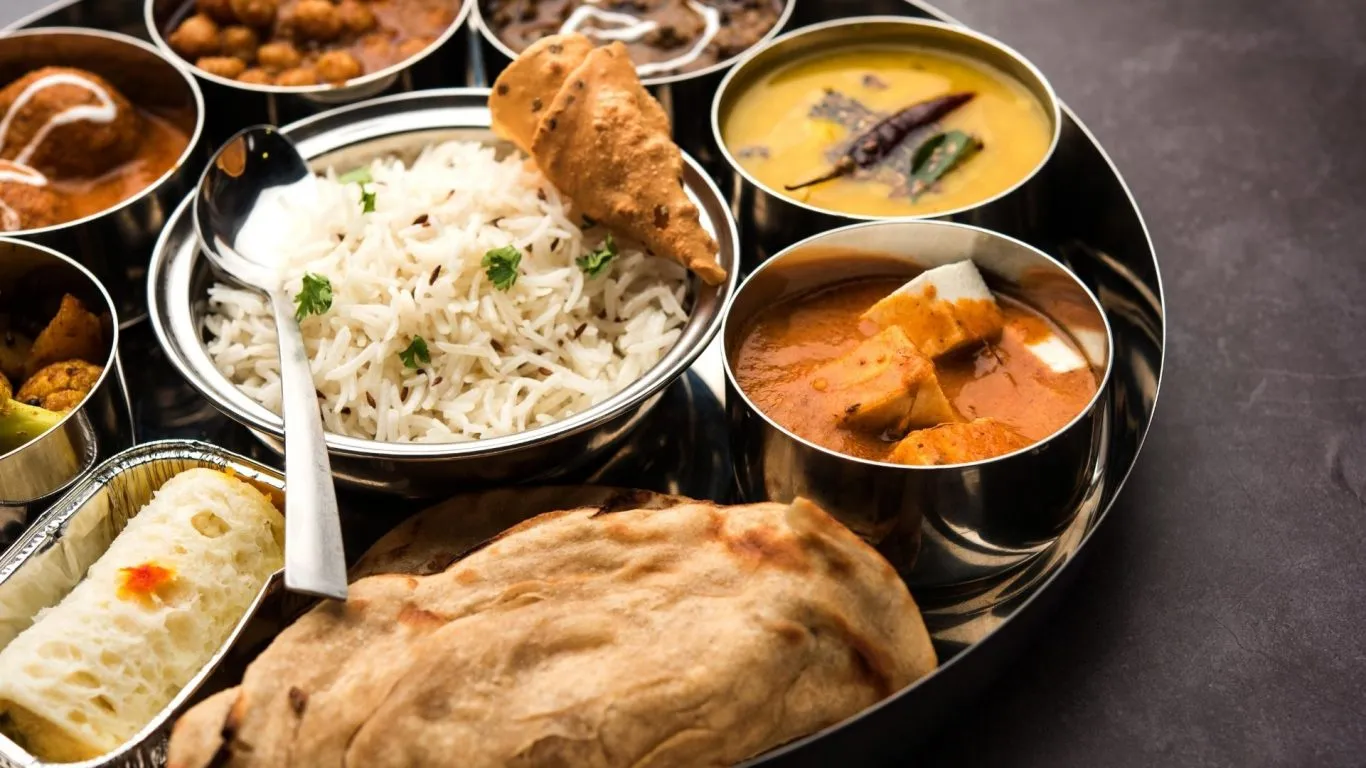
|
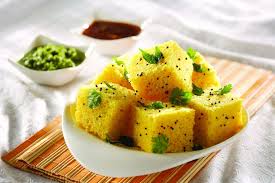
|
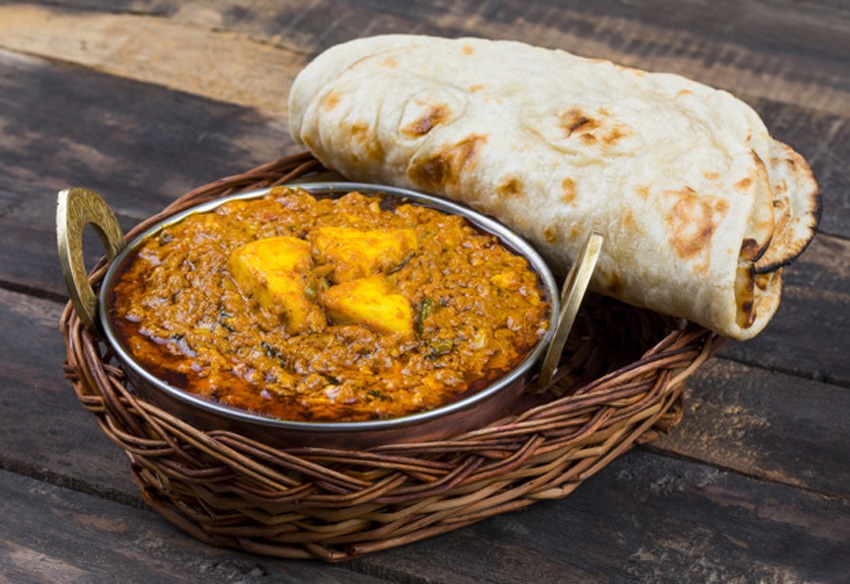
|
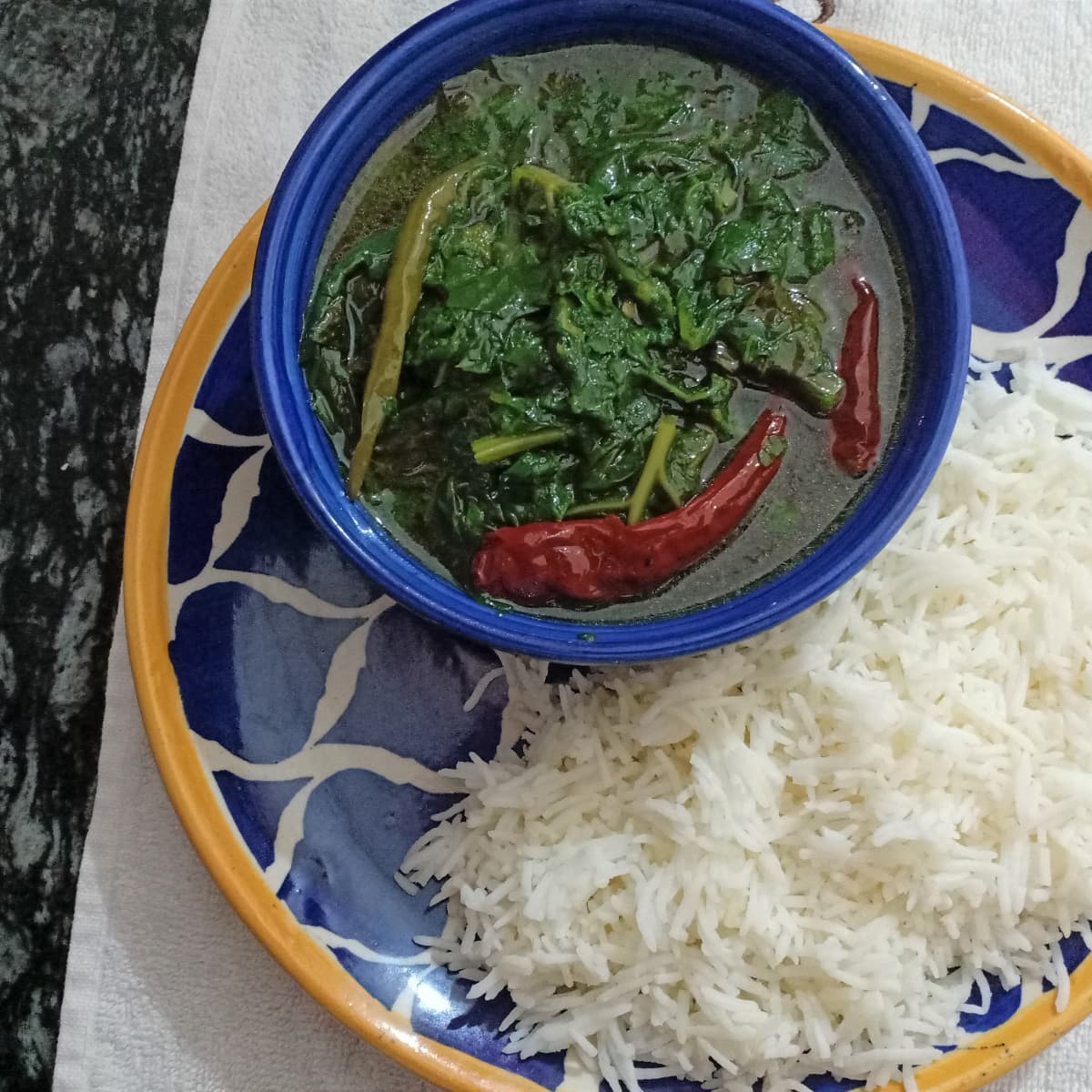
|
North Indian FoodFood in the north India, to begin with, Kashmiri cuisines reflect strong Central Asian influences. In Kashmir, mostly all the dishes are prepared around the main course of rice found abundantly in the beautiful valley. Another delicious item cooked here is the ‘Saag‘ that is prepared with a green leafy vegetable known as the ‘Hak‘. Amritsari Chole Bhature, Kashmiri Rogan Josh, Rajasthani Dal-Bati Churma, and Dilli ki Chaat are just a few delectable dishes that North Indian cuisine has to offer. In comparison to other cuisines of India, North Indian food is richer, where a number of preparations are made in pure desi ghee or doused in fresh cream. (The world-famous Butter Chicken being the perfect case in point). Some of the dishes take long hours to prepare as they involve meticulous steps, but once you take a bite, you know you are in for a gastronomic joyride. And the best part? You also have simple, comfort food such as Dal Tadkaand Rajma-Chawal that hold a favourite spot in most people's hearts. |

|
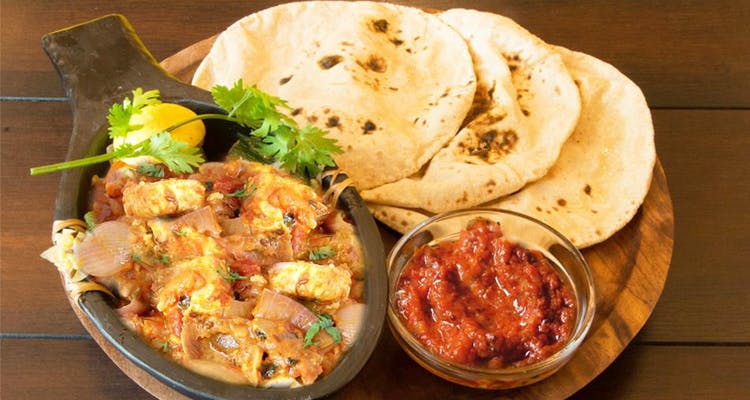
|
But on the other hand states like the Punjab, Haryana and Uttar Pradesh show high consumption of chapatis as staple food. Again, these chapatis are prepared with a variety of flours such as wheat, rice, maida, besan etc. Besides chapatis other closely related breads baked in these regions include Tandoori, Rumaali and Naan etc. However in the northern region impact of Mughlai food is quite obvious. North Indians also love dairy items, which is clearly evident as no traditional meal is served without chaas, lassi,paneerand milk-based desserts like kheer, kulfi. Yes, talk about desserts and the wide range of irresistible treats are sure to bowl you over. And then with every changing season as new local produce hit the markets, one can indulge in dishes such as makki ki roti with sarson ka saag, chaulai ki saag, kanji made from black carrots, arbi ki sabji, gajar ka halwa, and others. It is not without reason when people say that the North Indians take their food seriously. Every nook and corner here has many delightful treats to offer. |
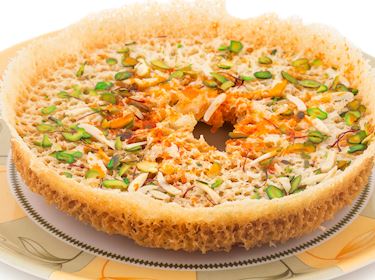
|
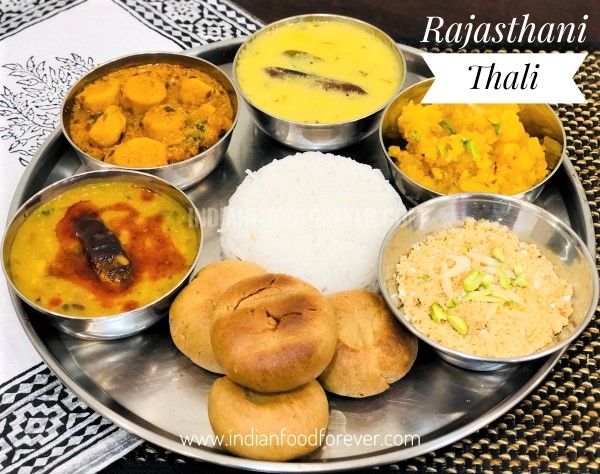
|
West Indian FoodThe states of Rajasthan, Gujarat, Maharashtra and Goa make for the majority of western states of India. Diversity is one thing that is common across these regions - from culture and climate to food, you'll find a variety of it as you move from Rajasthan's Aravalli to the western coastline of Goa. Keeping up with India's cooking techniques and traditions, west Indian foods also boast of eclectic spices and a diverse range of dishes since the cuisine varies from region to region. In western India, the desert cuisine is famous for its unique taste and varieties of food. Rajasthan and Gujarat are the states that represent the desseert flavor of Indian food. Here an immense variety of dals and achars (pickles/preserves) is used that simply substitutes the relative lack of fresh vegetables in these areas. |
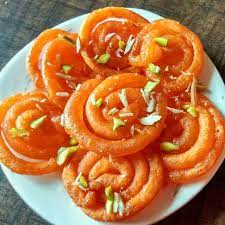
|
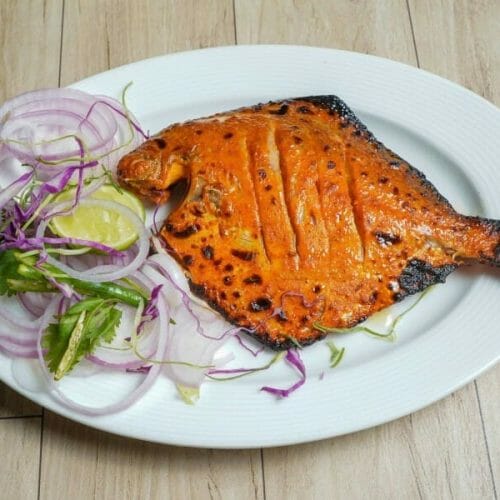
|
In the states like Maharashtra, the food is usually a mix of both north as well as south cooking styles. Here people use both the rice and the wheat with same interest. Along the coastline of Mumbai a wide variety of fishes is available. Some of the delicious preparations include dishes like the Bombay Prawn and Pomfret. The state of Maharashtra covers a large part of western India. With Mumbai, Pune, Nashik and Nagpur being the largest cities, Maharashtra holds the status of being the second-most populous state in India, according to the 2011 national census. All of these states together offer a multifarious cuisine that keeps experimenting and reinventing new recipes that is rich in flavour. From Mumbai's vada pao and Bombay duck to modak and Pune's zunka bhakri, you'll have a hard time choosing what to try first. The Malvani cuisine is also prevalent in large parts of Maharashtra that uses a lot of dry-coconut. |

|
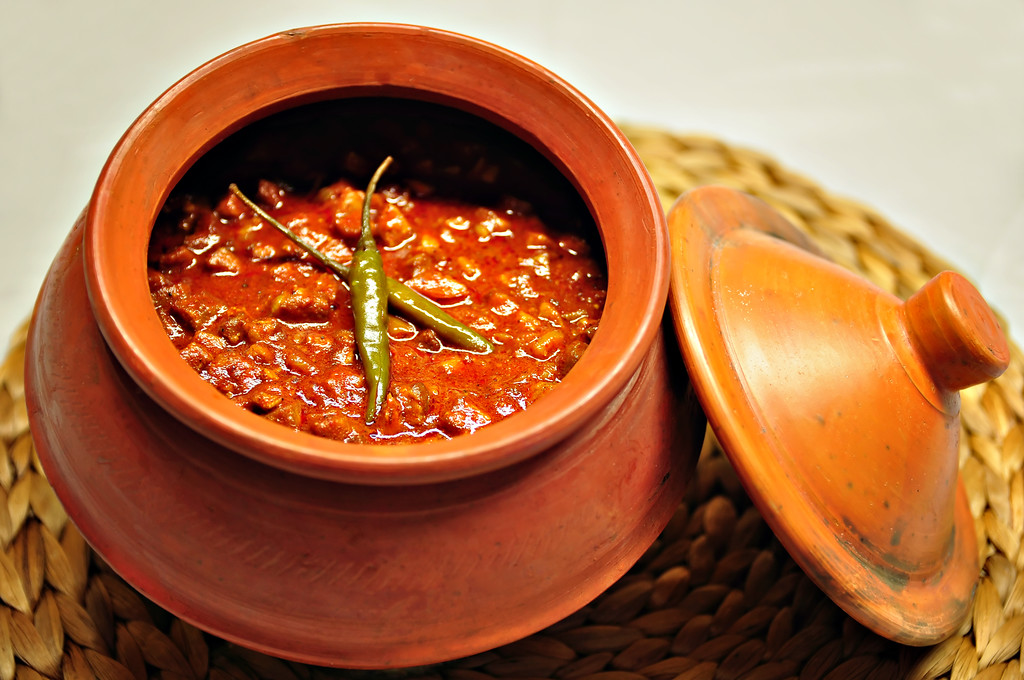
|
In Goa, that is further down towards south, one can notice Portuguese influence in the cooking style as well as in the dishes. Some of the major dishes of this regiun are the sweet and sour Vindaloo, duck baffad, sorpotel and egg molie etc. Goa, the party destination of India, has a lush, green coastline that provides an abundance of seafood. Since it was a Portuguese colony until the 1960's, there is a heavy influence of it across the flavours of Goan cuisine. With a tropical climate, Goan cuisine is rich in the use of intense spices and flavours along with coconut milk and rice. It borrows a lot from the Konkani food that is predominantly non-vegetarian, fiery and spicy with a hint of coconut. |
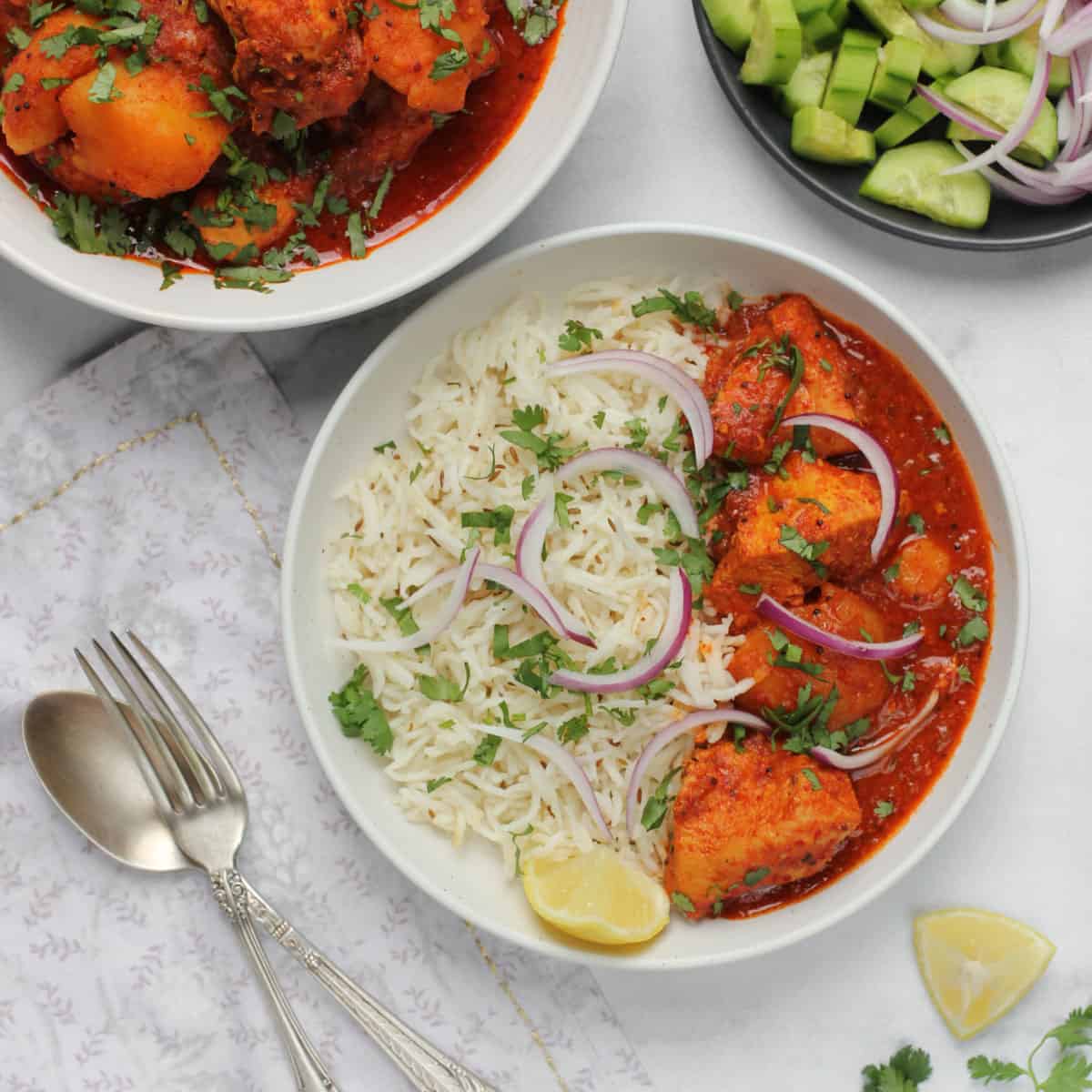
|

|
East Indian FoodIn the eastern India, the Bengali and Assamese styles of cooking are noticeable. The staple food of Bengalis is the yummy combination of rice and fish. Usually the Bengalis love eating varieties of fishes. A special way of preparing the delicacy known as ‘Hilsa‘ is by wrapping it in the pumpkin leaf and then cooking it. Another unusual ingredient that is commonly used in the Bengali cooking is the ‘Bamboo Shoot’. Various sweets prepared in this region, by using milk include the ‘Roshogollas‘, ‘Sandesh‘, ‘Cham-cham‘ and many more. The East Indian region comprises the states of West Bengal, Sikkim, Orissa, Bihar, Arunachal Pradesh, Meghalaya, Manipur, Nagaland, Mizoram, Tripura and Assam. The geography of Eastern India makes the cuisine bear a strong influence from Chinese and Mongolian cuisines that makes it all the more exciting. Bengal's sweets, Assam's fish or Sikkim's momos are some of the many popular dishes that are loved and relished across boundaries. |
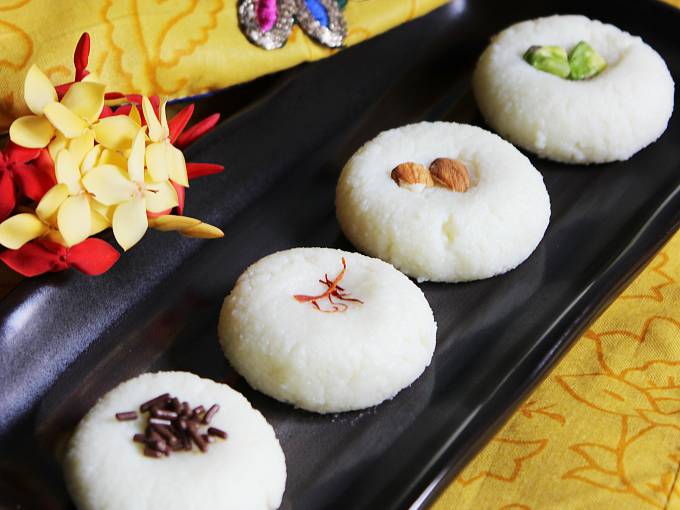
|
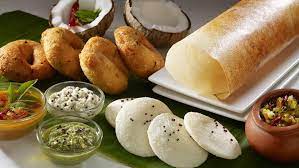
|
South Indian FoodIn the southern India, the states make great use of spices, fishes and coconuts, as most of them have coastal kitchens. In the foods of Tamil Nadu use of tamarind is frequently made in order to impart sourness to the dishes. It simply distinguishes the Tamil Food from other cuisines. The cooking style of Andhra Pradesh is supposed to make excessive use of chilies, which is obviously to improve the taste of the dishes. In Kerala, some of the delicious dishes are thelamb stew and appams, Malabar fried prawns, Idlis, Dosas, fish molie and rice puttu. Another famous item of this region is the sweetened coconut milk. Yet another dish is Puttu, which is glutinous rice powder steamed like a pudding in a bamboo shoot. By and large, South Indian cuisine is perhaps the hottest of all Indian food. Meals are centered around rice or rice-based dishes. Rice is combined with sambar and rasam, dry and curried vegetables, meat dishes, and a host of coconut-based chutneys and poppadums (deep-fried crispy lentil pancakes). |
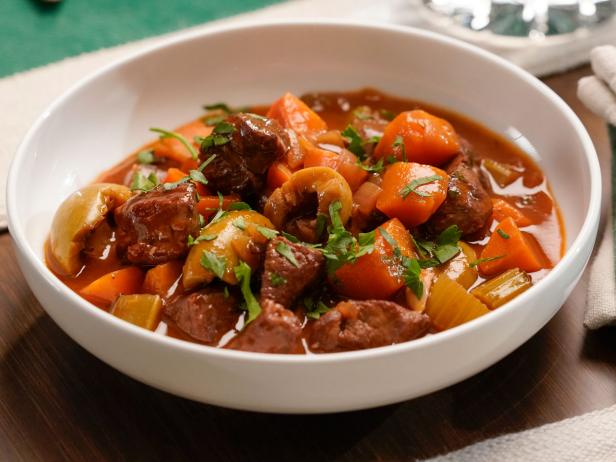
|

|
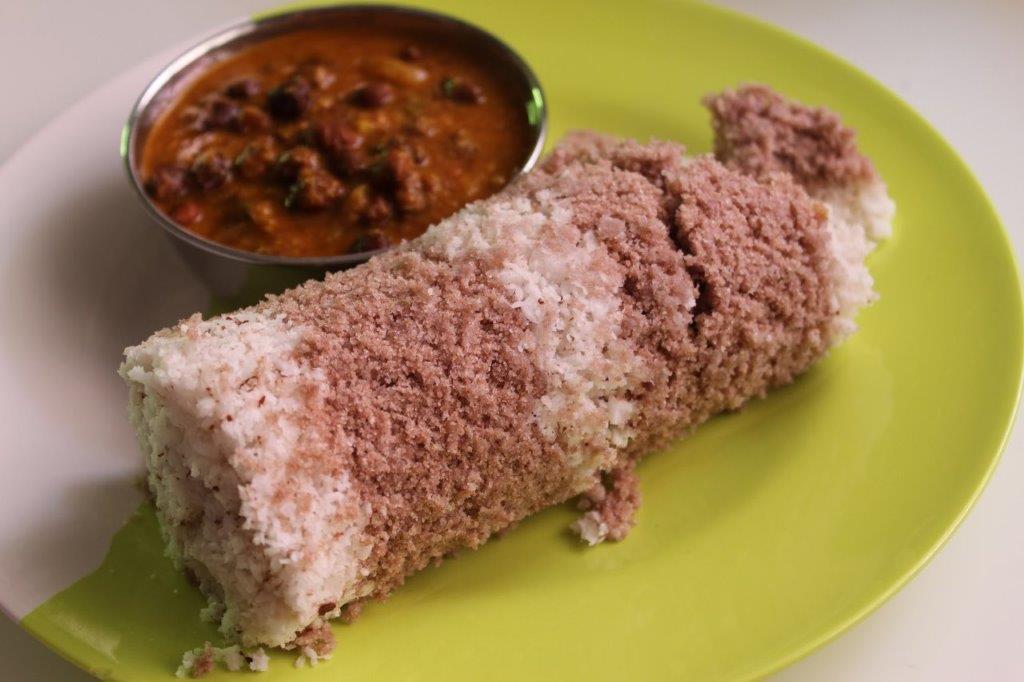
|
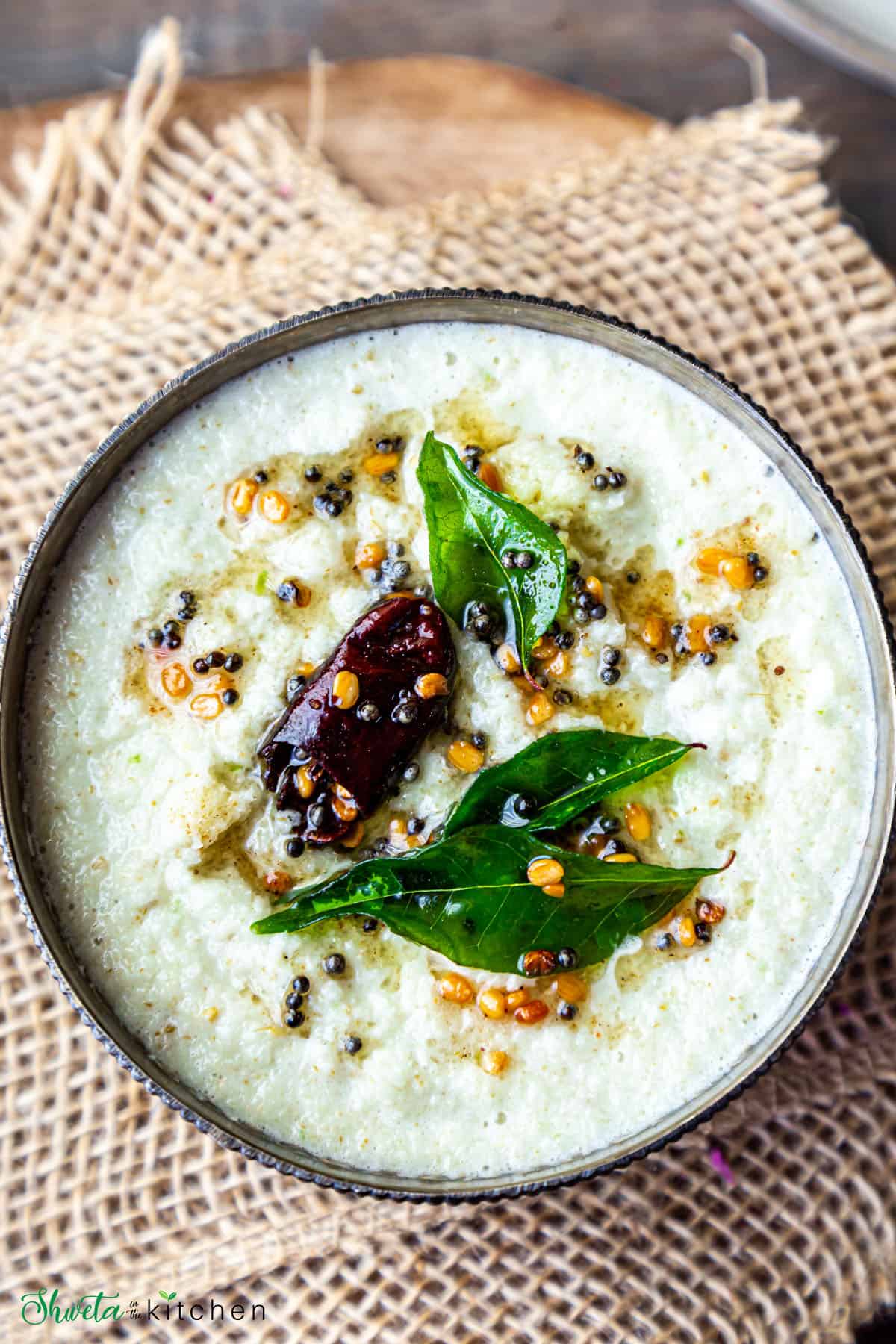
|
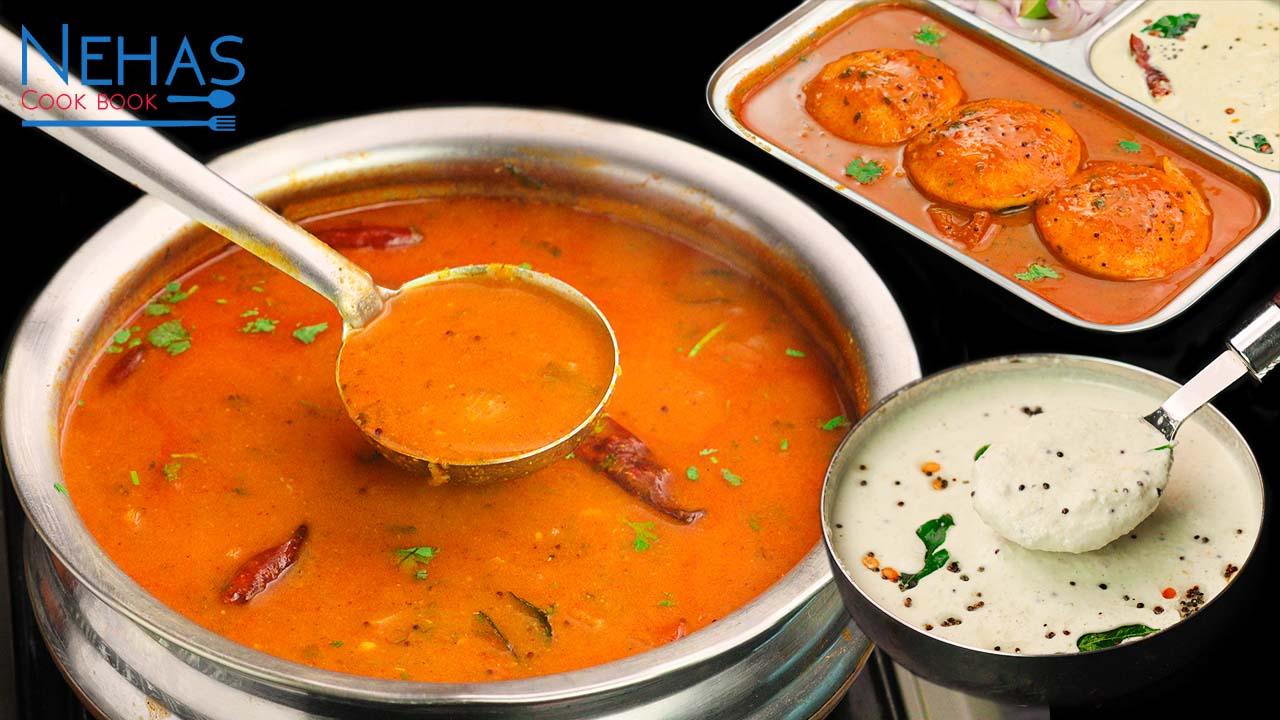
|